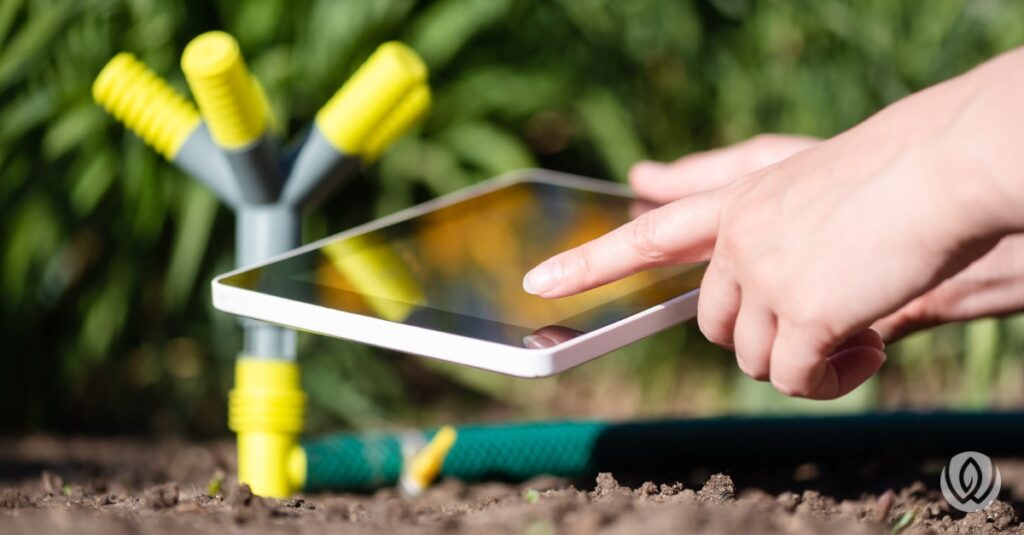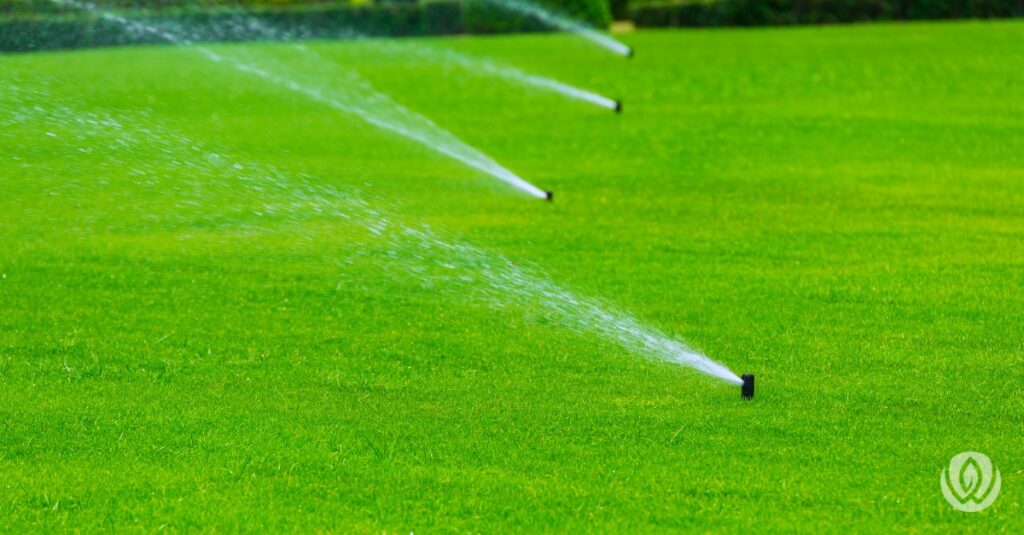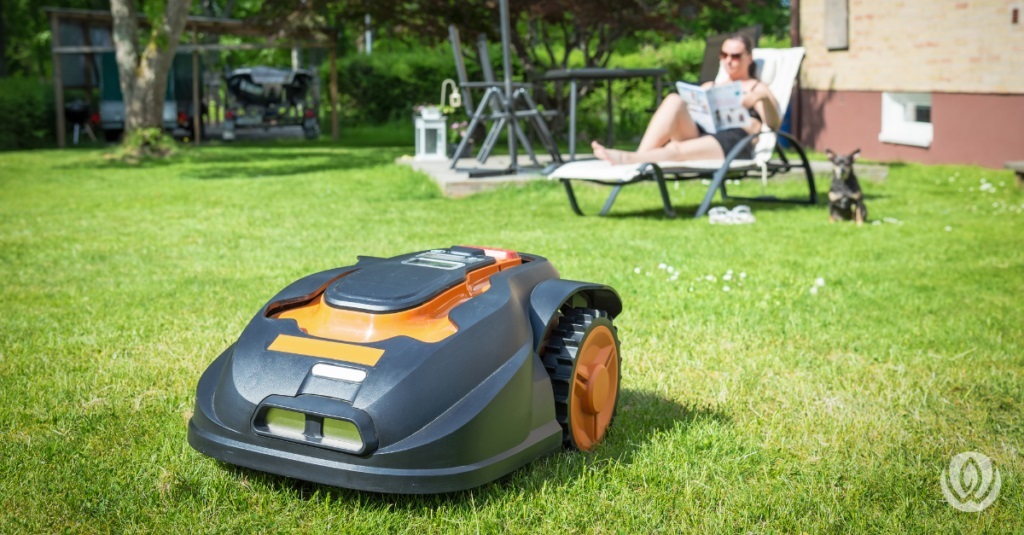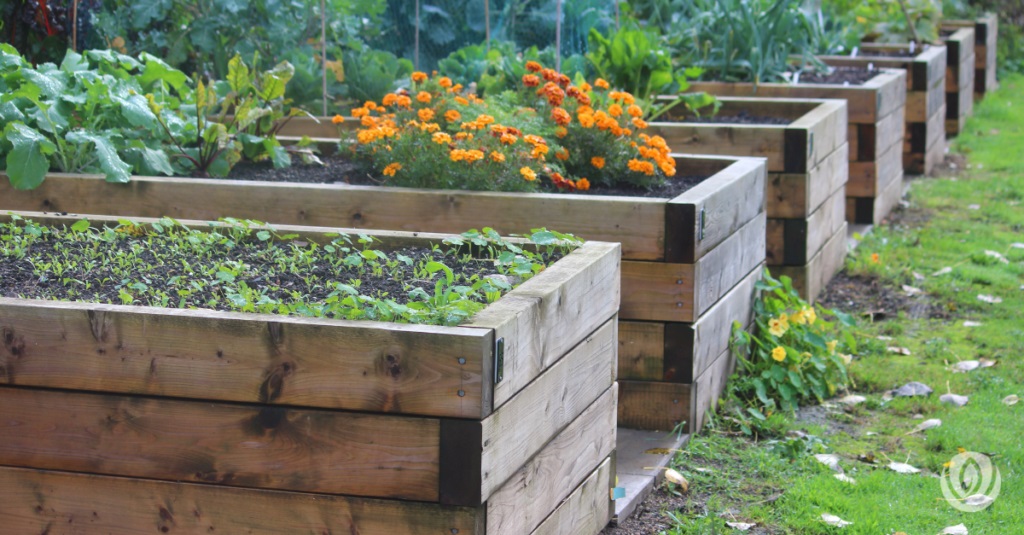
As summer peaks, many of us become more conscious of water usage, and families get busier with back-to-school preparations. August is the perfect time to explore smart technology for gardening, which offers a solution to these challenges. Whether you're a seasoned gardener or a beginner, integrating smart technology into your garden can help you maintain it with minimal effort while enhancing water conservation and sustainability.

A smart garden uses advanced technology to optimize plant care, conserve resources, and make gardening more manageable. Through automated systems and sensor-driven technology, these gardens can monitor soil conditions, control watering schedules, and even manage lighting, making them an excellent choice for anyone looking to minimize their environmental footprint.
Smart gardens provide the tools to manage your outdoor space effectively without the constant attention traditional gardening requires. Whether you have a small urban garden or a sprawling backyard, smart gardening technology can tailor your garden's care to its specific needs, allowing you to enjoy a thriving garden with less manual work.
Creating a smart garden involves integrating various technologies that work together to maintain optimal conditions for your plants. Here are some steps to get you started:
Before diving into smart technology, evaluate your garden's unique needs. Consider factors such as soil type, plant species, sun exposure, and water availability. This assessment will help you choose the right tools to create a sustainable and efficient garden system.

There are numerous tools available to help you automate and enhance your garden's performance. Here are some popular options:
Incorporating smart technology into your garden doesn't mean compromising on aesthetics. Many smart tools are designed to blend seamlessly into your garden's landscape. Consider installing discreet sensors and using natural materials to conceal technology while maintaining a beautiful garden design.

Yes, automation is one of the core features of a smart garden. Automating various aspects of your garden can save time, conserve resources, and ensure your plants receive consistent care, even when you're busy or away from home. Here are some examples of how automation can transform your gardening experience:
Automated irrigation systems have revolutionized gardening by eliminating the guesswork of when and how much to water your plants. These systems use soil moisture sensors to assess the moisture levels in the soil, ensuring that plants receive the right amount of water at the right time. Some systems are even connected to weather forecasts and will adjust watering schedules based on expected rainfall, further optimizing water usage.
A smart garden hub acts as the central command for your garden, connecting all your devices and systems. With a hub, you can monitor and control everything from watering to lighting and fertilization through a single app. This centralized control allows for precise management of your garden's needs, ensuring each plant receives optimal care.
Smart lighting systems can mimic natural sunlight, providing the necessary light spectrum for photosynthesis. These systems are particularly useful for indoor gardens or shaded areas. By automatically adjusting the light intensity and duration based on the plant's needs, automated lighting ensures that your plants grow healthy and strong, regardless of the natural light available.
Robotic lawn mowers are an excellent addition to any smart garden, offering a convenient and efficient way to maintain your lawn. These devices can be programmed to mow your lawn at specific intervals, ensuring a consistently manicured appearance without the hassle of manual mowing. Many robotic mowers come equipped with sensors to navigate obstacles and adjust cutting patterns based on the terrain, providing a perfect cut every time.
One of the key benefits of smart gardening technology is its ability to enhance water conservation, an essential aspect of sustainable gardening. Here are some ways smart tech can help:
By using sensor-based irrigation systems, you can precisely control when and how much water your plants receive. This precision reduces water waste and ensures your plants get the hydration they need without overwatering.
Some smart irrigation systems can be integrated with rainwater harvesting setups, using collected rainwater to water your plants. This integration further conserves water resources and reduces reliance on municipal water supplies.
Smart irrigation systems often come with leak detection features that alert you to any issues in your watering system. Early detection of leaks can prevent water waste and ensure your garden's irrigation remains efficient.

When incorporating smart technology into your garden, it's important to consider the design possibilities and potential challenges. Here are some tips to keep in mind:
Smart technology can be seamlessly integrated into your garden's design. Choose devices that complement your garden's aesthetics and consider hiding wiring and sensors with plants or decorative elements.
Smart gardening technology offers a low barrier to entry, with many tools being user-friendly and easy to install. You don't need to be a tech expert to enjoy the benefits of automation in your garden.
While the initial investment in smart gardening technology may seem significant, the long-term savings in water and time can outweigh the costs. Consider your budget and explore the range of available options to find tools that fit your needs and financial situation.

With smart technology, you can use your backyard for longer than you might think. By optimizing plant care and extending the growing season, you can enjoy fresh produce and beautiful blooms well beyond the traditional gardening months. Smart gardens are adaptable to changing seasons, allowing you to maintain a vibrant and productive garden year-round.
Designing and implementing a smart garden can vary in time based on the complexity of the technology and the size of your garden. Simple installations, such as sensor-based irrigation systems, can be set up in a matter of days, while more complex integrations may take several weeks. It's essential to plan and gauge the scope of your project to avoid overwhelming yourself or your resources.
The cost of creating a smart garden can vary widely depending on the technology and devices chosen. Basic systems can start at a few hundred dollars, while more advanced setups with multiple integrated systems may cost several thousand. Consider your goals and budget to determine the right level of investment for your garden.
Smart gardening technology offers an innovative way to save time and resources while maintaining a beautiful and sustainable garden. From automated irrigation to smart lighting, these tools can help you achieve a thriving garden with minimal effort. By embracing smart tech, you can enjoy the benefits of a sustainable garden and extend the use of your outdoor space throughout the year. Whether you're looking to conserve water, reduce manual labor, or create a garden that adapts to your busy lifestyle, smart gardening technology has the potential to transform your gardening experience.
Ready to create a smart, longer lasting, beautiful garden with sustainable gardening technology?
LiveWell Outdoors is here to help. Schedule a consultation today and take the first step towards creating your luxury smart tech garden experience.
